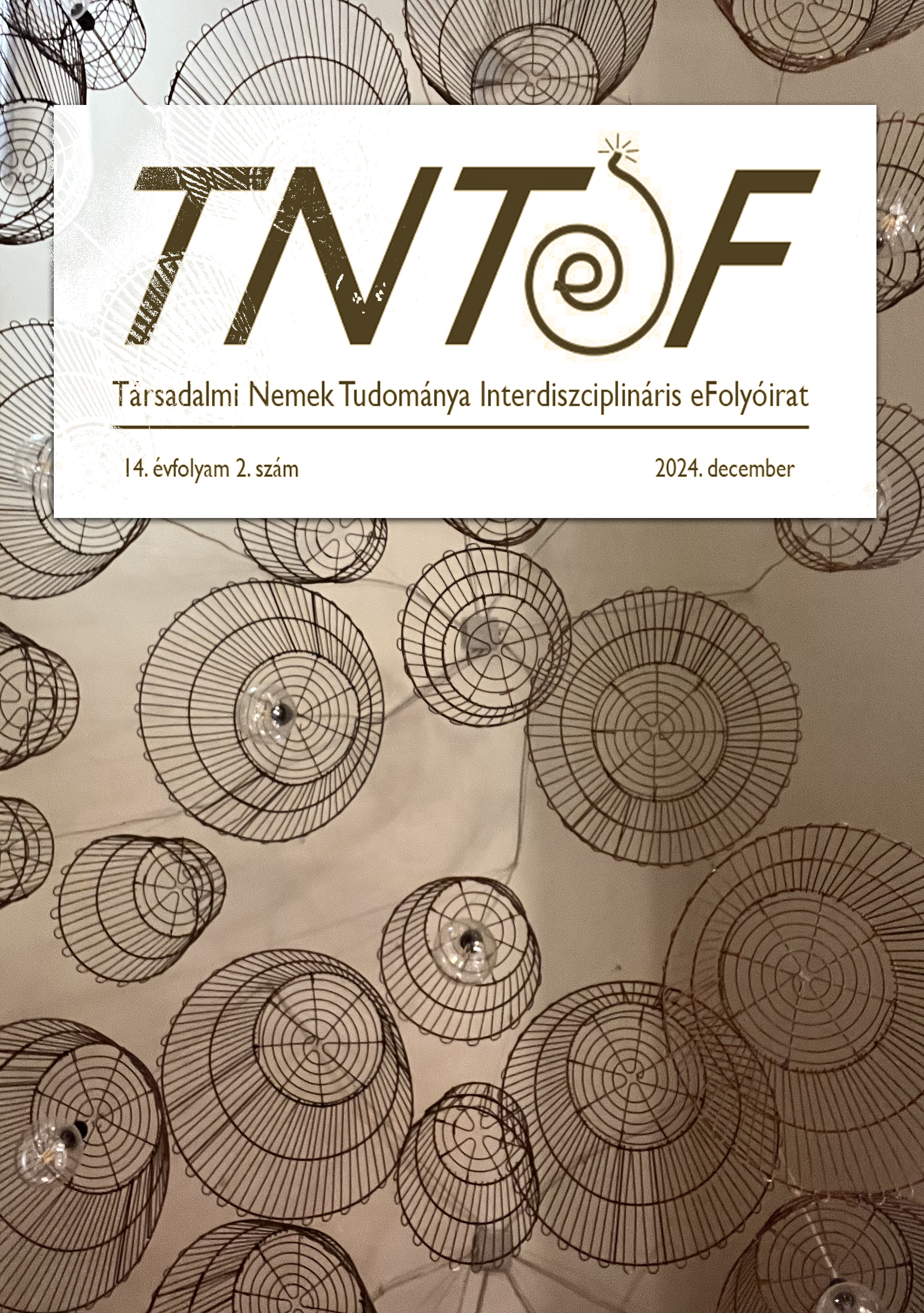Rolling change. Cyclist as flâneur/flâneuse in the City
Main Article Content
Abstract
Strolling as a cultural topos was born in the mid-19th century in the context of urban modernity. Baudelaire's figure of the flâneur was lifted from its original narrative by Walter Benjamin and made into a key figure of modernity. Their writings have led to a significant literature analysing the figure of the flâneur, and the flâneuse has received increasing attention from a gender point of view. The flâneur is a critic observer of the city and, not least, a modern urban consumer. It was on the basis of this topos that the 'velo flâneur' or 'cycleur', who roamed the city on two wheels at the turn of the 19th and 20th century was born and has been an important figure in the urban landscape ever since. The cyclist is a fusion of human and machine, an organic engine driving a mechanical instrument. The cyclist changes the living space and speed of our cities, influencing not only the development and regulation of transport infrastructure and the organisation of traffic, but also the evolution of fashion, gender equality, and even the identity of the city dweller. Cyclists are agents of change. They are on the move and move the city around them. The urban cyclist's status is similar to that of other minority groups: they often have low prestige, the system of which they are gradually becoming an agent is not designed from their point of view, and the established order is therefore somewhat weird to them, and they are forced to transgress constantly. My paper examines, mainly on the basis of turn-of-the-century fiction and journalism in Hungary, how the identity of the urban cyclist as a flaneur/flâneuse is developed, what attributes they have, what characterises the way they are talked about, and how this relates to the figure of the cyclist today, what gender aspects are involved in their history.

